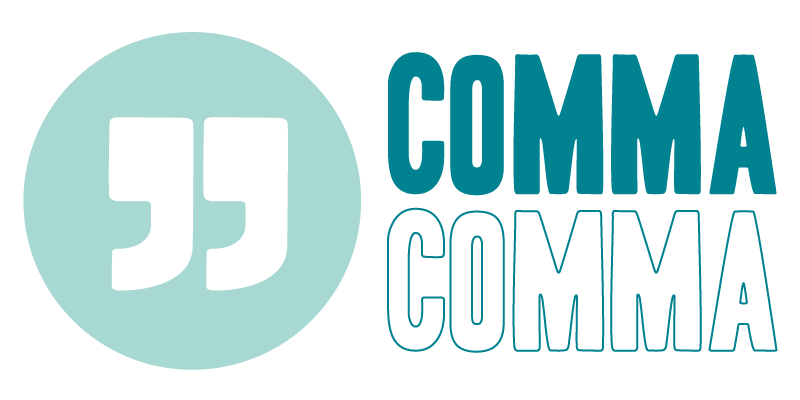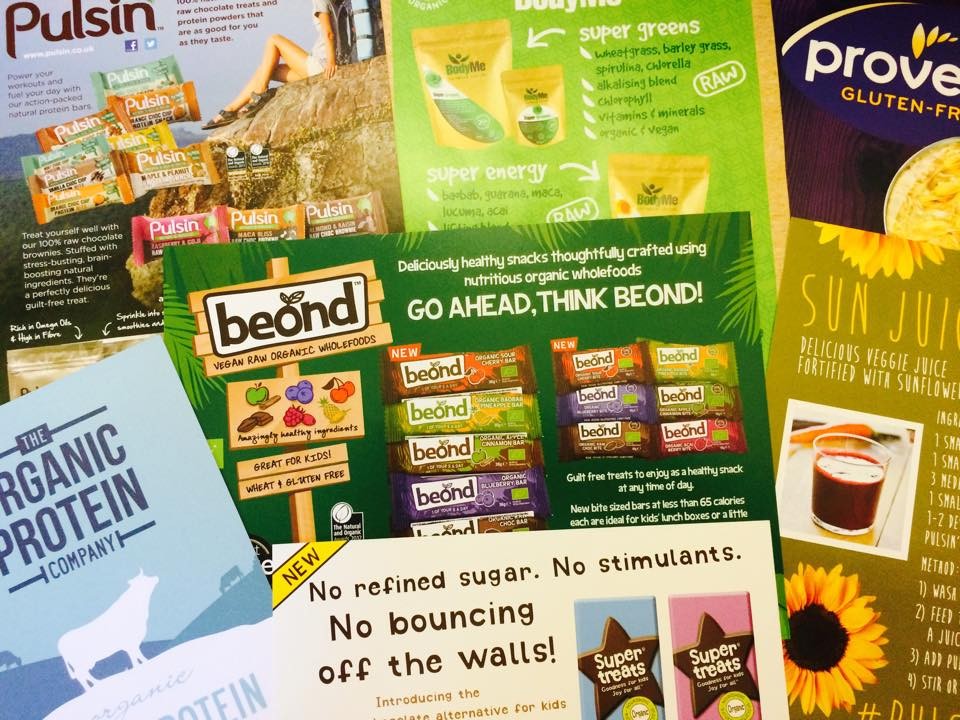It’s relatively simple to create a great flyer to promote your business, but there are some guidelines it’s worth following to make sure that your flyer hits the mark.
When you factor in the time spent on writing a flyer, design and printing costs, and delivery or distribution costs, it makes sense to invest a bit of time in making sure you’ve got all the right elements in place.
- Brainstorming – it’s always helpful to sit down and think before you start writing. What’s the purpose of this flyer? Who is the target audience? What are the benefits of your product and service and why should someone choose you over one of your competitors? This might sound like a lot of questions, but you almost certainly already know the answers to most of these, and if you can clarify those answers you’ll be able to write the flyer with a much clearer head.
- Tone of voice – once you know who the flyer is for you’ll find it easier to create the right tone of voice. For example, a flyer promoting a music festival will have a very different tone to one promoting wills or life insurance. The tone of voice is really important in helping you to connect with your audience.
- Essential elements – every flyer should have an eye-catching headline, some attractive photographs or illustrations, your contact details, and a call to action. A call to action simply tells the reader what you want them to do next, e.g. book tickets, or call you for a no-obligation quote.
- Less is more – once you’ve written down all the things you’d like to include in your flyer, you’ll usually find there will be a lot more information then there is space. Cut as much as you can, because a cluttered flyer will overwhelm your audience and they’re less likely to read it.
- The design – always use both sides of the flyer as it’s a real waste of resources to send something out with one side blank. Make sure you or your designer use legible fonts at a size that people can read (at least 10pt, preferably larger), and break up the text using bullet points and text boxes.
- Testimonials – include customer reviews if you have them. You can tell people you’re great, but they’re much more likely to believe it if it comes from someone else. Always include the name of the person who gave you the testimonial, and other relevant details such as business name and job title, age or geographic location. If you can include a profile picture of them too then that will have a bigger impact as people are more likely to believe the testimonial is genuine.
- Proofread – a flyer that includes errors will reflect badly on your business so run a spelling and grammar check, and make sure you and at least one other person (preferably more) proofread it before it goes to print. It’s notoriously difficult to spot every error in something you’ve written yourself so this step is vital.
If you use this blog post to help you write your flyer then you should be well on your way to creating a successful flyer that brings in more customers for your business. Good luck!

